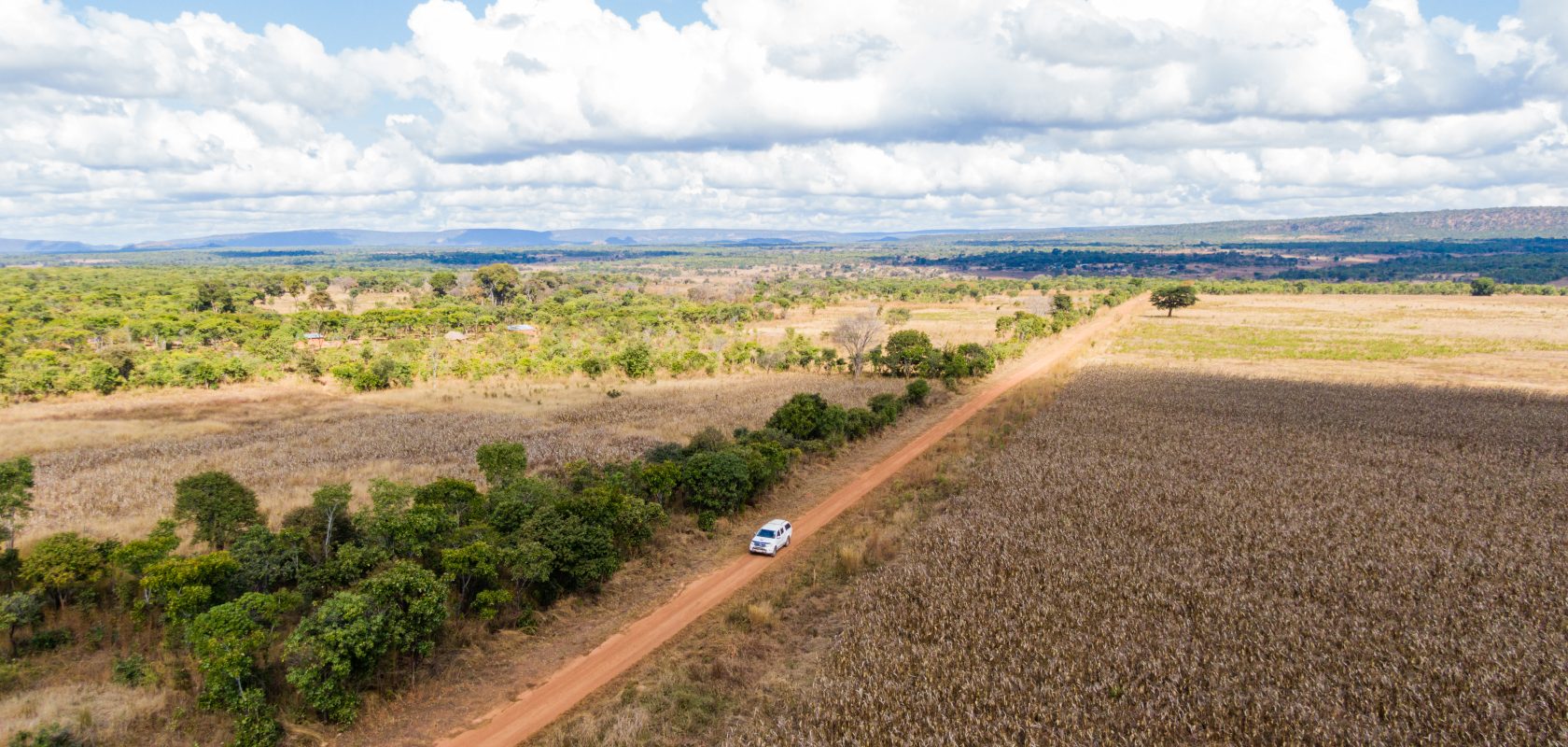Has it ever occurred to you how most times, we only tend to appreciate the things we take for granted when we visit places outside of our comfort zone?
As the Zambian saying goes (in one of the local languages Bemba), “Umwana ashenda atasha nina ukunaya”, directly translated as; “A child who doesn’t travel only appreciates the mother’s cooking” meaning, if you do not travel, you will not appreciate what happens in other communities or places. That narrative is one I am able to attest to after going on a trip to the Northern part of Zambia. While there, I got to appreciate the value of having a sustainable source of light, and not just any but a safe, reliable one.
Now, I am sure most of you are wondering if I am Zambian, well yes, 100 percent. I was born and raised in urban Zambia, but I have not been to every part of the country partly because I had not been much of a traveller but mainly because the country is incredibly vast.
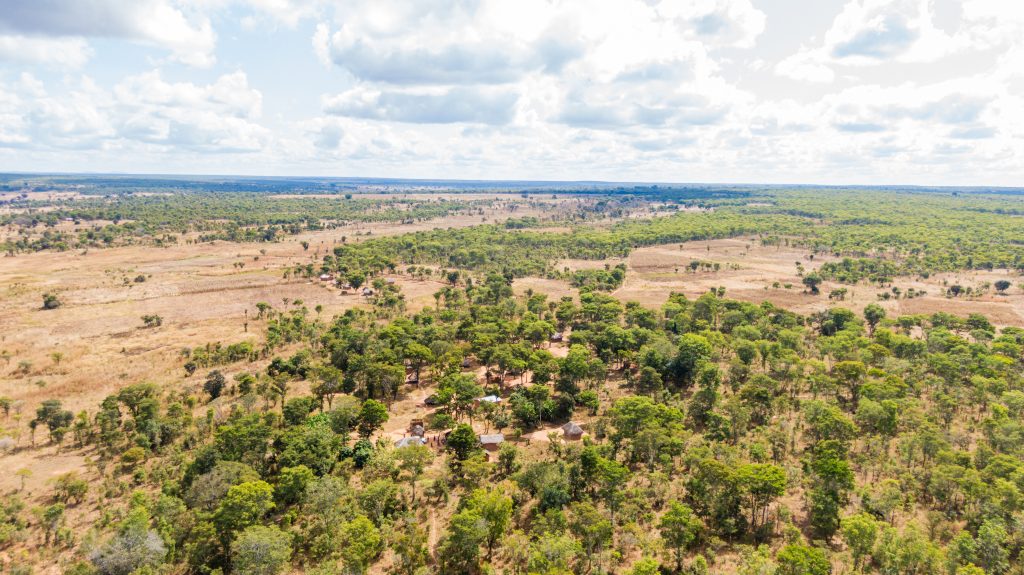
Serenje, Zambia. Photo: SolarAid/Jason J Mulikita.
Located in Southern Africa, Zambia shares borders with 8 countries- Tanzania, Congo D.R, Angola, Namibia, Botswana, Zimbabwe, Mozambique and Malawi. Divided into 10 provinces, the country is 752,614 km² in size – that’s more than 3 times the size of the UK.
The six day trip would mark my first time visiting the North of my country and my first time truly understanding the impact of energy poverty. The trip would start from Lusaka, all the way to Mansa in Luapula province, passing through Central, Muchinga and Northern provinces, before heading back to the capital city by car, totalling a striking 1,618 kilometres. The purpose of the trip was to meet with some of SolarAid’s solar agents – entrepreneurs who bring clean, safe, renewable light to some of the most remote communities in the country. The distances covered for solar light to get to some of these areas strikes a thought; just how many of such areas have not yet tasted the benefits of using a safe source of light? How many are still relying on kerosene, firewood or candles for lighting?
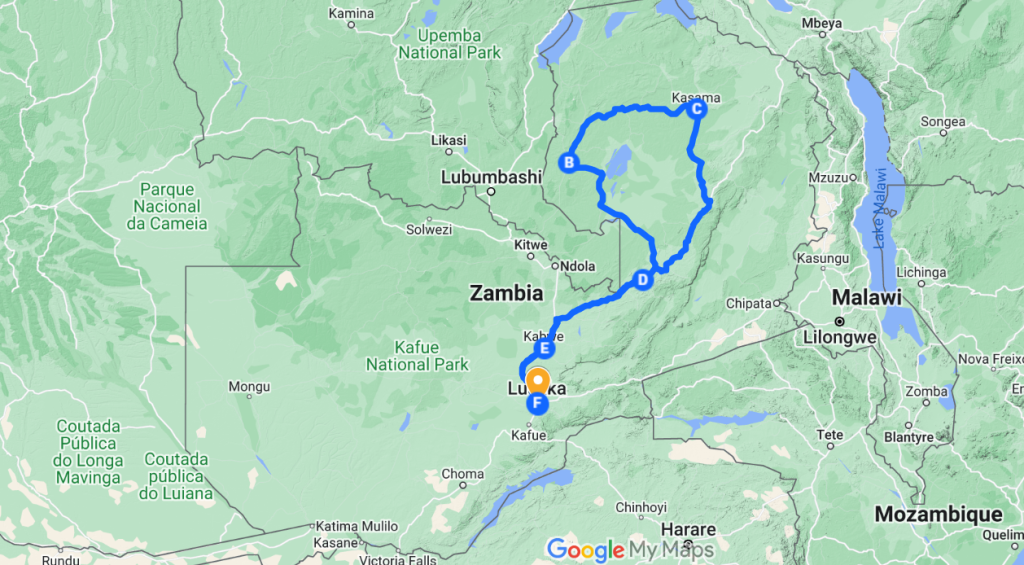
Over a six day trip to meet with solar Agents, the team covered 1,618 kilometres.
On this trip, I was privileged to meet and chat with several of our most remotely located solar entrepreneurs. These entrepreneurs are catalysts for change in their communities, with a passion to light up their communities with clean, safe solar light.
Simon Muchinga, one of the agents I met in Mansa, 764 km from Lusaka, emphasised the long distances he travels just to be able to get the lights from town to his village and to deliver to other areas. He even delivers lights to his customers in neighbouring country DRC.
“When I don’t have transport money, I cycle 42 km to the post office in town and get the lights on my bicycle [upon their arrival from Lusaka]. So, transportation is really a challenge for me,” he said.
For Simon, an agent since 2008, his vision to have his entire village lit with solar light is gradually coming to fruition. “I am confident that come 2030, the entire Kundamfumu village will be lit with SunnyMoney solar lights as every household will at least have a solar light.”
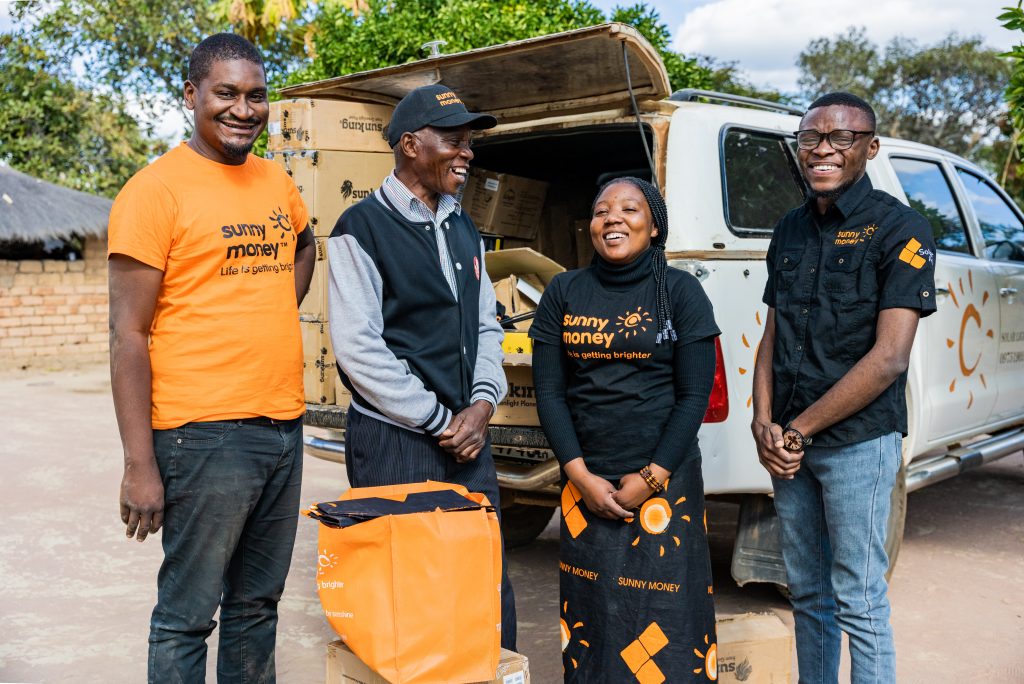
SunnyMoney staff Richard Shimeza, Beatrice Mwiimbu and Thomas Nyangulu, delivering solar lights to Agent Simon Muchinga Kundamfumu, Mansa, Zambia. Photo: SolarAid/Jason J Mulikita.
In Kasama, 859 km from Lusaka by road, lives Rhoda Chibale, a female solar entrepreneur who is also a teacher by profession. As one who has had an opportunity to have a safe source of light in the past, she shared that her motivation to continue being a solar light agent stems from “providing people with a safe light source while earning a bit”.
For Rhoda, not only is she an agent but a user of the solar lights herself, making her work as a teacher much easier. “With the solar light, I am now able to adequately prepare lessons for my pupils and my children are able to study at night,” she told me.
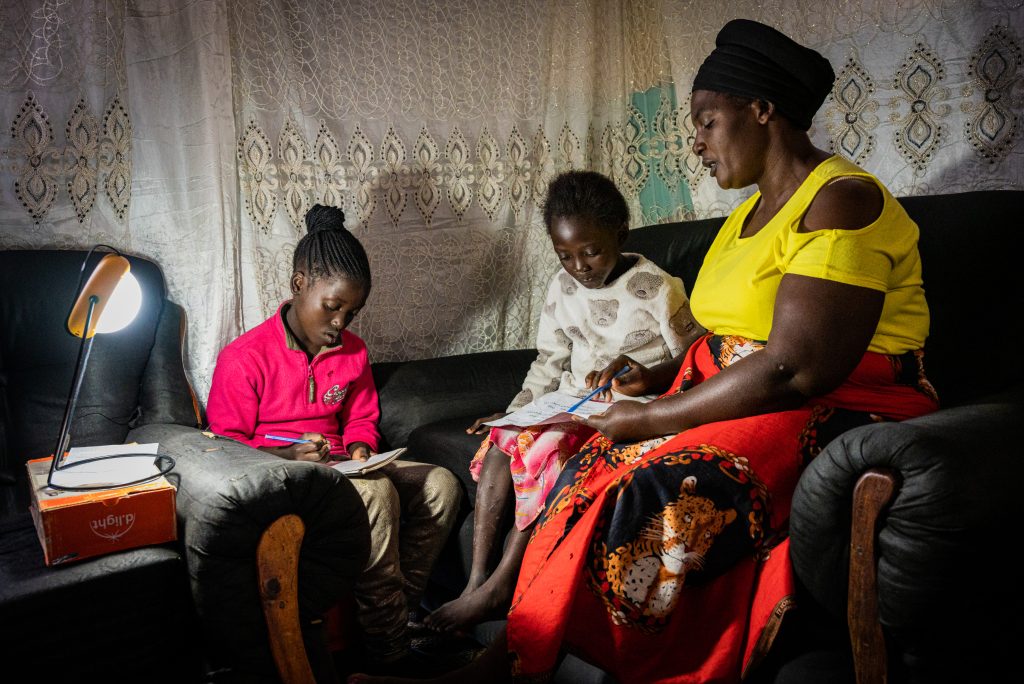
Solar agents Rhodah Chibale can now use her solar light to help her children do their homework in Chandamukulu village, Kasama, Zambia. Photo: SolarAid/Jason J Mulikita.
In Serenje, 408 km from Lusaka by road, Agent Penny Mupeta explained to me the significance of solar lights in his area, 26km from the nearest town. He shared with me how one of his neighbours lost two of his three children in a fire accident caused by the use of kerosene. “For this reason, I think it is important to continue with this work in order to prevent such accidents in future.”
Another agent, Mirriam Chikoya, in Kabwe, 142 km from Lusaka and the last district I visited, shared similar sentiments. But, what intrigued me the most was her love for solar powered products, a passion that could be felt even in her tone as she expressed herself.
“For me, solar is the best and I would like to have everything powered by solar because we always have the sun every day, it is naturally guaranteed,” she said.
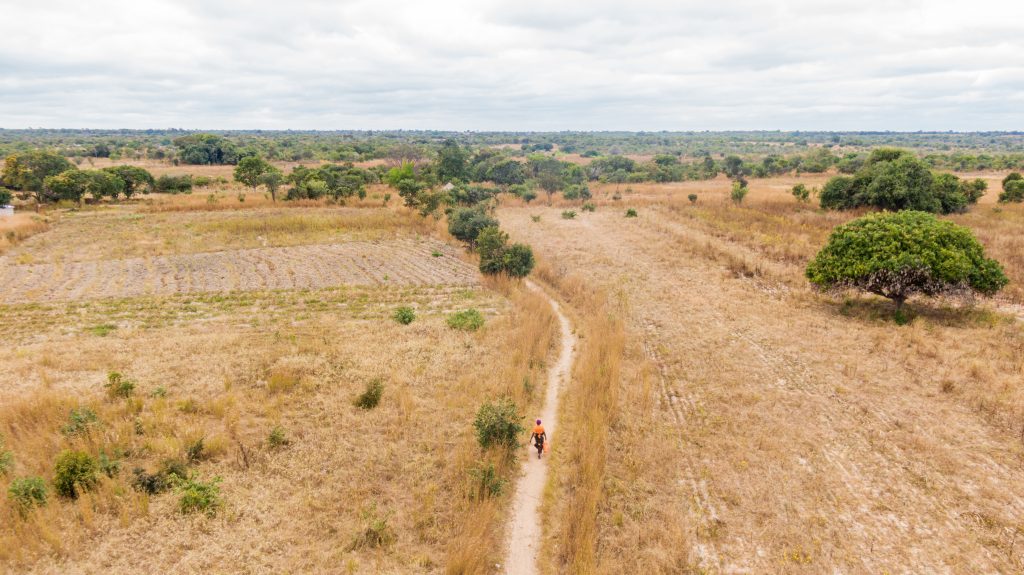
Solar agent Mirriam Chikoya walking to customers in her community in Kabwe, Zambia. Photo: SolarAid/Jason J Mulikita.
Mirriam also shared her intentions of purchasing a solar mill in the near future and plans on buying a solar powered water pump to help with her gardening.
While on my way back to Lusaka, I reflected on all the different experiences on the trip. My mind kept flashing back to the happy and relieved faces of the customers experiencing the power of solar. But most importantly, the thought of those without a safe source of light in the same areas and others I have not yet been to, never left my mind to this day.
Overall, the trip to the North of Zambia gave me an understanding of “the why” behind SolarAid’s work together with its partners providing access to a clean, renewable and safe light source thereby, combating energy poverty and climate change.
You can help SolarAid get clean, safe light to more rural communities. Join us today.
